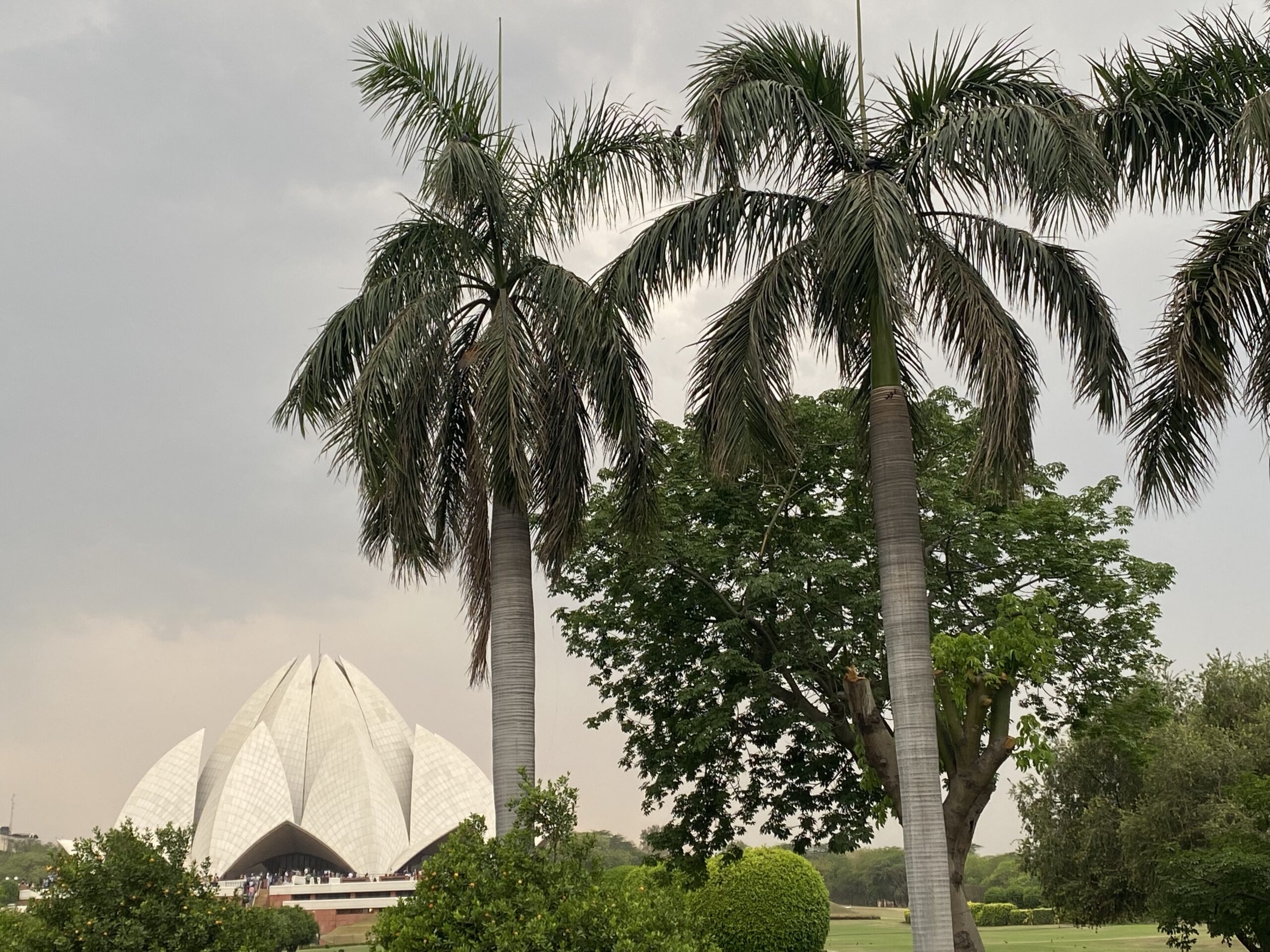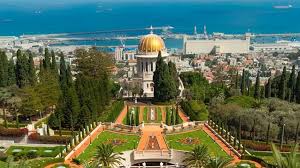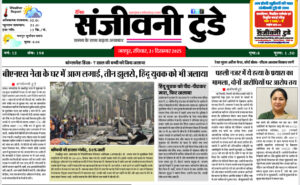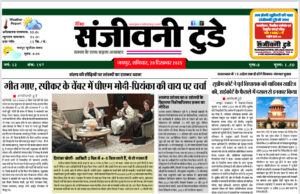Bahá’í communities around the globe commemorate 175th Anniversary of the Martyrdom of the
Báb, the Prophet-Herald of the Bahá’í Faith on Wednesday 9th July 2025, i.e. on Rahmat 17, 182 B.E. of the Baháʼí Calendar with prayers and
special programs at noon to coincide with the time of His execution on 9th July 1850.
The martyrdom of the Báb, a central event in the Baháʼí Faith, is commemorated annually on July 9th or 10th marking the anniversary of His execution by firing squad in 1850. Baháʼís observe this day with prayers and the recitation of the Tablets of Visitation, specifically those related to the Báb and Baháʼuʼlláh.
It is one of the nine holy days when Bahá’ís suspend work.
The Baháʼí Faith has eleven holy days, which are important anniversaries in the history of the religion. On nine of these holy days, work is suspended. There is no fixed format for any of the holy days, and Baháʼí communities organize their own commemorative meetings.

The martyrdom of the Báb is seen as a pivotal moment in the Bahá’í Faith, marking the beginning of a new era and the fulfillment of prophecies.
Why does humanity persecute our prophets? Over and over, we’ve treated new Messengers of God terribly, greeting their peaceful messages with rage and violence.
For some strange reason, our leaders have reacted badly to the Founders of the world’s great Faiths, persecuting them in horrible ways. Abraham and Moses faced prison, exile, ridicule and persecution. Krishna and Buddha suffered derision and official censure. Society’s leaders crucified Christ; made war on Muhammad; tortured, exiled and imprisoned Bahá’u’lláh; and executed the the Báb.
The Báb founded the Baháʼí Faith’s precursor religion—He was the Herald of a new system of belief, and a Prophet of God in His own right. He started a progressive new Faith in the midst of one of the world’s most corrupt and backward societies. He suffered enormously as a result, but even after His gruesome execution the Bábi Faith paved the way for the global emergence of the Bahá’í Faith, just as John the Baptist did for Jesus’s new Faith at the beginning of the Christian era.
On May 23, 1844, the Báb declared in the Persian city of Shiraz (Iran) that He was a Messenger
of God sent to prepare the way for the long-awaited Promised One of all religions who would
come to establish an age of universal peace and transform the world. In 1863 Bahá’u’lláh
announced publicly that He was that Promised One.
The proclamation of the Báb attracted tens of thousands of people to His teachings. Fearful of the
Báb’s growing influence caused by His proclamation and teachings, which called for spiritual and
moral renewal, religious and political leaders arose to oppose and persecute the Báb and His
followers.
A mere six years after the Bab’s announcement of His new Faith in 1844, the government ordered the execution of
The Báb.
In 1850 a new prime-minister, Amir Kabir, ordered the execution of the Báb; He was brought to Tabríz, where He would be killed by a firing squad. The night before His execution, as He was being conducted to His cell, a young man, Anís (sometimes called Mulla Muhammad Ali), threw himself at the feet of the Báb, wanting to be killed with the Báb. He was immediately arrested and placed in the same cell as the Báb.
On the morning of July 9, 1850, the Báb was taken to the Tabríz courtyard filled with nearly ten thousand people wishing to watch his execution. The Báb and Anís were suspended on a wall and the firing squad of 750 rifles prepared to shoot.
More than 20,000 of His followers were killed in several waves of brutal persecution.
Though guilty of no crime, the Báb was arrested and exiled by the authorities, to the remote
mountains of Azerbaijan, a province in Northwest Persia, and imprisoned Him in the fortresses of
Máh-Kú and Chihríq, where the Báb spent the last three years of His life.
Eventually, on 9th July 1850, at age 31, the Báb was executed by a firing squad in Tabríz, the
provincial capital of Azerbaijan.
At His execution, the Báb and a young disciple who begged to
share His martyrdom were suspended by two ropes from a nail driven into a pillar of the army
barracks at the public square of Tabríz. A regiment of 750 armed soldiers faced them in three
lines of 250 each.
A crowd of about 10,000 was gathered on the roof of the barracks and on the roofs of nearby
houses. Each group of 250 soldiers fired. The smoke of the guns turned “the light of the noonday
sun into darkness.” When the smoke cleared, the multitude was astounded to see that the two
ropes were completely severed, and standing there unharmed was the Báb’s disciple. The Báb
was nowhere to be seen.
After a hurried search, the Báb was found, unhurt and unruffled, in the very room He had
occupied the night before, engaged in completing His interrupted conversation with His
amanuensis. Earlier in the day, when the guards had come to take Him to the courtyard, the Báb
had warned: “Not until I have said to him all those things that I wish to say, can any earthly
power silence Me. Though all the world be armed against Me, yet shall they be powerless to deter
Me from fulfilling, to the last word, My intention.” When the guards arrived second time, the Báb
calmly announced: “Now you may proceed to fulfill your intention.”
The commander of the regiment was so unnerved that he ordered his men to quit the scene
immediately.
Another regiment was called into service and the sequence of the execution
repeated. Once again, the air filled with thick smoke.
This time, after the smoke cleared, it was clear that the bullets hit their target and the bodies of
both the Báb and His follower had been melded into a single pile of flesh, with their faces intact.
After this, a gale of exceptional severity swept over the city of Tabríz, and a whirlwind of dust
obscured the light of the sun from noon until dusk.
For many years after his death, the remains of the Báb were secretly transferred from place to place until they were brought to their final resting place at the Shrine of the Báb in Haifa on the middle terrace of the Baháʼí Gardens.
The Báb’s story began less than two centuries ago. The Báb (which means Gate in Arabic, and began His new Faith in 1844. Emerging out of the prophetic Sufi mysticism prevalent in 19th Century Persia, the Báb’s stirring message, which heralded the future appearance of a great, worldwide revelation, rapidly caught fire in that very tradition-bound Shi’a Muslim culture.
The Persian government and the Islamic clerics had already gruesomely tortured and killed more than 20,000 of the Báb’s ardent followers during the short, intense duration of the Bábi Faith.
This all happened when people began flocking to the Báb’s new spiritual teachings. Because the Báb called for revolutionary changes to the prevailing system of religious belief and governance, and because he taught the unity of all religions, the authorities feared that this dynamic new challenge and its growing support would soon sweep them from power.
Regardless of the wholesale genocide against the Bábis, more and more people continued to become followers of the Báb. In 1850, frightened of its growing influence and desperate to crush the Báb Faithi, the authorities made the decision to execute the Báb. When they charged him with apostasy—the same exact charge the Pharisees leveled against Jesus—the Báb refused to repent or refute His teachings, and calmly accepted the consequences.
“O wayward generation!” were the last words of the Bab to the gazing multitude, as the regiment prepared to fire its volley, “Had you believed in Me every one of you would have followed the example of this youth, who stood in rank above most of you, and would have willingly sacrificed himself in My path. The day will come when you will have recognized Me; that day I shall have ceased to be with you.” – quoted by Shoghi Effendi, God Passes By, p. 53.
At first just a few people learned about the Báb, but then thousands and tens of thousands began to become Bábis, radically breaking away from their society’s Islamic traditions and practices. The Bábi Faith’s very existence called into question the authority of Persia’s Islamic religious leaders. In fact, the rapid growth of the Bábi Faith challenged the basic underpinnings of Persian society.
Today the fused, bullet-ridden bodies of the Báb and His faithful follower repose under a golden dome on Mt. Carmel in Haifa, Israel. Millions of people from all over the globe visit that holy spot, and every day the Shrine of the Báb proclaims the Bahá’í message of unity, peace, love and selflessness to the world.
All around the globe, as mentioned above, Bahá’í Communities observe the Martyrdom of the Báb at noon on July 9th, believing that the Báb set in motion a fresh cycle of progressive revelation to humanity. His revolutionary new teachings opened the path for the new message of Bahá’u’lláh, and his ultimate sacrifice gave us all a new vision of a unified world.
The Báb was born before dawn in Shiraz in 1819 and was executed in Tabriz in 1850, at the age of 31. His title, the Báb, means “the Gate.” Similar to John the Baptist, He foretold of a Mighty Messenger of God that was coming soon. This Messenger was Bahá’u’lláh, the Prophet and Founder of the Bahá’í Faith. The Báb, however, was also a Prophet in His own right; He revealed a Holy Book, the Bayan, as well as many tablets and prayers. Although His Dispensation lasted only six years, from 1844-1850, He had many followers, thousands of whom gave their lives for His Cause.
“The Báb said that whenever ‘He Whom God will make manifest’ appears, accept Him. He never said don’t accept Him until after the lapse of 1000 years. Also Bahá’u’lláh says that in the year 9 of the Bábí Dispensation the time was ripe for the Revelation of ‘He Whom God will make manifest.’ As the Báb was not only a Manifestation but a Herald of this Bahá’í Faith, the interval between His revelation and that of Bahá’u’lláh was of shorter duration. His Dispensation in a sense will last as long as Bahá’u’lláh’s lasts.”
(From a letter written on behalf of the Guardian to the National Spiritual Assembly of India, December 27, 1941: Dawn of a New Day, p. 94)
Shoghi Effendi wrote that posterity will recognize the Báb’s life as “standing at the confluence of two universal prophetic cycles, the Adamic Cycle stretching back as far as the first dawnings of the world’s recorded religious history and the Bahá’í Cycle destined to propel itself across the unborn reaches of time for a period of no less than five thousand centuries.” He depicts the Martyrdom of the Báb in this way:
“Deprived of His turban and sash, the twin emblems of His noble lineage, the Báb, together with Siyyid Husayn, His amanuensis, was driven to yet another confinement which He well knew was but a step further on the way leading Him to the goal He had set Himself to attain. That day witnessed a tremendous commotion in the city of Tabríz. The great convulsion associated in the ideas of its inhabitants with the Day of Judgment seemed at last to have come upon them. Never had that city experienced a turmoil so fierce and so mysterious as the one which seized its inhabitants on the day that the Báb was led to that place which was to be the scene of His martyrdom. As He approached the courtyard of the barracks, a youth suddenly leaped forward who, in his eagerness to overtake Him, had forced his way through the crowd, utterly ignoring the risks and perils which such an attempt might involve. His face was haggard, his feet were bare, and his hair dishevelled. Breathless with excitement and exhausted with fatigue, he flung himself at the feet of the Báb and , seizing the hem of His garment, passionately implored Him:
“Send me not from Thee, O Master. Wherever Thou goest, suffer me to follow thee.”
“Muhammad-’Ali,” answered the Báb, “arise, and rest assured that you will be with Me. Tomorrow you shall witness what God has decreed.”
“That night the face of the Báb was aglow with joy, a joy such as had never shone from His countenance. Indifferent to the storm that raged about Him, He conversed with us with gaiety and cheerfulness. The sorrows that had weighed so heavily upon Him seemed to have completely vanished. Their weight appeared to have dissolved in the consciousness of approaching victory. ‘Tomorrow,’ He said to us, ‘will be the day of My martyrdom. Would that one of you might now arise and, with his own hands, end My life. I prefer to be slain by the hand of a friend rather than by that of the enemy.’ Tears rained from our eyes as we heard Him express that wish. We shrank, however, at the thought of taking away with our own hands so precious a life. We refused, and remained silent. Mirza Muhammad-’Ali suddenly sprang to his feet and announced himself ready to obey whatever the Báb might desire. ‘This same youth who has risen to comply with My wish,’ the Báb declared, as soon as we had intervened and forced him to abandon that thought, ‘will, together with Me suffer martyrdom. Him will I choose to share with Me its crown.’”
“Confess not your faith,” He advised him. “Thereby you will be enabled, when the hour comes, to convey to those who are destined to hear you, the things of which you alone are aware.”
Another account states that the body of the Báb was not put to rest immediately because the companions feared that the officials of the Empire would desecrate the body. As a result, they carried the body from one place to another until they reached the city of Haifa in modern-day Israel where the body was buried, and a shrine was erected to commemorate the Báb.
Today, the sacred remains of the Báb rest on Mount Carmel in Haifa, Israel, at the heart of the
Spiritual and Administrative Centre of the Bahá’í Faith. The property numbers 26 buildings,
monuments and sites at 11 locations in Acre (Akka) and Haifa, associated with the Founders of
the Faith, among them the Shrine of Bahá’u’lláh in Acre and the Mausoleum of the Báb in Haifa,
and the carefully maintained surrounding gardens, have been recognized as a UNESCO World
Heritage Site and are open to everyone as a place for prayer and meditation.
Compiled by:-
Jaya Raju Thota
Greater Visakhapatnam
Andhra Pradesh
India









